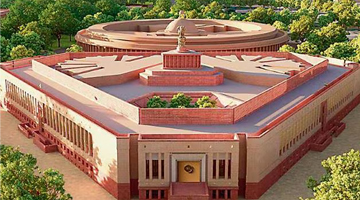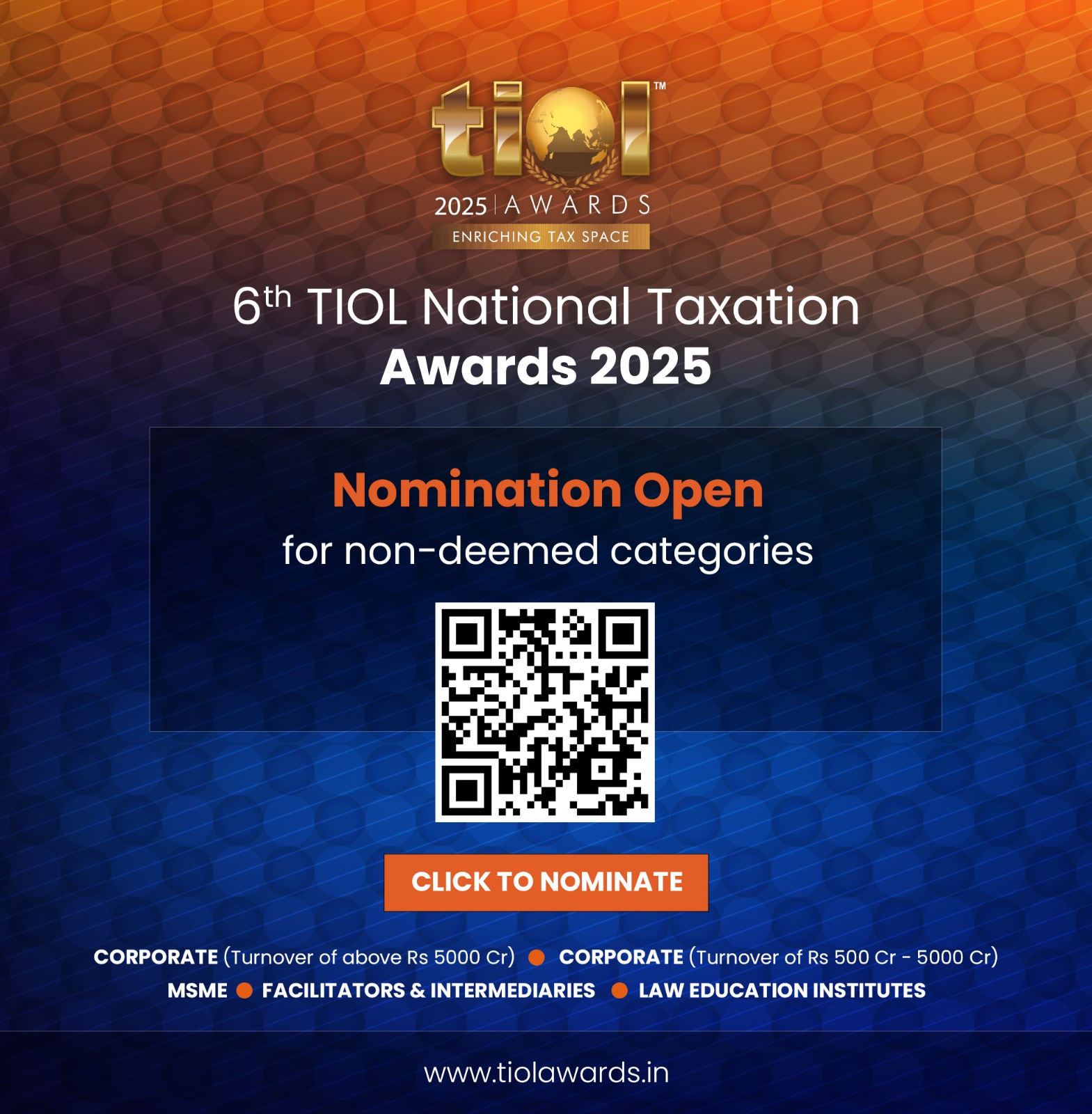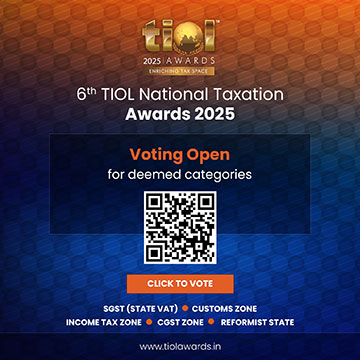|
Seamless flow of credit under GST - A myth?
GST-Wheter Guarantees Seamless Credit
Goods and Services Tax Act - Whether guarantees seamless ITC credit as avowed in the 122nd Constitutional Amendment Bill, 2014.
Apropos the Article of 10/06/2016, and the fearing of the authors of a break of ITC chain in case of supply of goods where the supplier and receiver are placed apart in different states, but the place of consumption of goods is the same as the state of supply appears is understandable. In that case the transaction cannot be considered as an inter-state transaction and the CGST and SGST paid do not get passed on to the receiver of goods located in another state. ( Based on IGST Laws relating to the place of supply provisions in UP GOVT Website referred to by the Authors. )
In my opinion, this aspect needs some fine tuning as rightly pointed out by the authors of the said article. But the underlying principle in this case is that the state where the goods and services are consumed should get the tax benefit of SGST. No doubt in the bargain, the axe falls on the receiver and the chain gets snapped all right. I am reminded of another situation where goods and services when supplied across the state in a direct B2C transaction , then the details have been sought to be captured separately while filing tax returns and the SGST equivalent contained in the IGST paid by the exporting state is credited to the state where the B2C transaction terminates in the hands of the direct consumer. I must think that even in the above instance, where the CGST and SGST are paid on the goods consumed in the same state as the supply but the taxes are borne by the receiver located in a different state, the receiver may be allowed to take credit of the CGST paid at his end as no cache is involved with reference to the CGST and SGST paid as in the case of an inter-state B2C transaction wherein the CGST and SGST are hidden away in the IGST paid at the time of export. Even in that case, the SGST portion cached in the IGST is later on released separately and credited to the consuming state where the direct inter-state B2C transaction ends.
Since in the subject instance cited by the authors, the CGST and SGST are not in bond but remain freely circulating, the CGST may be allowed to gravitate to the receiver and bond with him so as to travel further in the chain. As far the SGST paid by the receiver, well it can't take part in the credit chain as this portion is legitimately the share of the consuming State. To this extent, I think the receiver may be allowed Refund of the SGST in this case to complete the cycle of payment by the receiver. To my mind this will also ensure that the above feared impediment does not lead to an Input taxed situation which in turn results in cost addition to the extent of the SGST element to the ultimate consumers, which is not a desirable feature of a good GST. It is a well settled principle in GST that the Business does not retain any Taxes but merely passes on the same up till the end consumers seamlessly as the authors and as also others would wish perhaps.
K.Srinivasan
Service Tax,Chennai
Srinivasan Krishnamachari
12/06/2016
 |

















